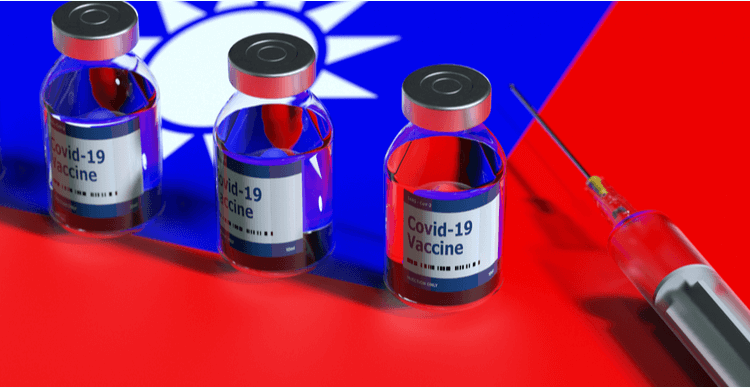Nanoscale Sensors for Performance Monitoring in Athletes
In the realm of sports and athletics, monitoring an athlete's performance is crucial for maximizing potential, preventing injuries, and optimizing training strategies. The emergence of nanoscale sensors has revolutionized the field of performance monitoring, offering unprecedented insights into an athlete's physiological and biomechanical parameters. This article explores the concept of nanoscale sensors for performance monitoring in athletes, highlighting their properties, benefits, applications, and future prospects.
Understanding Nanoscale Sensors
Nanoscale sensors are tiny devices with dimensions on the nanometer scale. They are designed to detect and measure various physical and chemical properties, enabling real-time monitoring of physiological and biomechanical parameters. These sensors utilize nanotechnology and often leverage wireless communication capabilities to provide accurate and continuous data collection.
Importance of Performance Monitoring in Athletics
Performance monitoring plays a vital role in athletics for several reasons:
Optimizing Performance: By monitoring key performance metrics, athletes and coaches can identify strengths and weaknesses, develop personalized training programs, and track progress towards specific goals.
Injury Prevention: Early detection of potential injury risks through performance monitoring allows for timely interventions, such as modifying training techniques or implementing targeted rehabilitation strategies.
Rehabilitation and Recovery: Performance monitoring aids in assessing an athlete's recovery progress following an injury, ensuring proper rehabilitation, and minimizing the risk of re-injury.
Properties and Benefits of Nanoscale Sensors
Nanoscale sensors offer several properties and benefits that make them highly desirable for performance monitoring.
Miniaturization: The small size of nanoscale sensors allows for non-invasive and inconspicuous integration into wearable devices, ensuring comfort and freedom of movement during training and competitions.
High Sensitivity: Nanoscale sensors can detect even subtle changes in physiological and biomechanical parameters, providing accurate and precise data for analysis.
Real-time Monitoring: Nanoscale sensors provide continuous, real-time data collection, allowing for immediate feedback and adjustments during training sessions or competitions.
Wireless Connectivity: Many nanoscale sensors incorporate wireless communication capabilities, enabling seamless data transmission to coaches, trainers, or sports scientists for real-time analysis and feedback.
Multi-Parameter Monitoring: Nanoscale sensors can measure multiple parameters simultaneously, providing a comprehensive view of an athlete's performance and facilitating a more holistic approach to training and monitoring.
Applications of Nanoscale Sensors in Sports
Nanoscale sensors find applications in various aspects of performance monitoring in sports.
Real-time Biomechanical Monitoring
Nanoscale sensors integrated into wearable devices can track an athlete's movement, joint angles, and muscle activity. This data helps analyze technique, assess biomechanical efficiency, and identify potential areas for improvement in athletic performance.
Metabolic Monitoring and Optimization
Nanoscale sensors can monitor an athlete's metabolic parameters, such as oxygen consumption, heart rate variability, and lactate levels. This information aids in understanding energy utilization, optimizing training intensity and duration, and preventing overexertion.
Injury Prevention and Rehabilitation
By monitoring variables such as joint loading, impact forces, and muscle fatigue, nanoscale sensors contribute to injury prevention strategies. They assist in identifying risky movement patterns, monitoring load distribution, and facilitating effective rehabilitation programs for injured athletes.
Ethical Considerations
The use of nanoscale sensors in performance monitoring raises ethical considerations related to privacy, data security, and consent. Proper protocols and guidelines should be established to ensure athlete welfare, confidentiality, and informed consent regarding the use of sensor data.
Future Directions
The future of nanoscale sensors for performance monitoring in athletes holds exciting prospects. Ongoing research and development efforts aim to enhance sensor capabilities, improve data analysis algorithms, and refine integration with wearable technologies. Some areas of focus include:
Sensor Miniaturization: Continued advancements in nanotechnology will lead to even smaller and more lightweight nanoscale sensors, allowing for seamless integration into a wide range of athletic apparel and equipment.
Advanced Data Analysis: The development of sophisticated algorithms and machine learning techniques will enable more insightful analysis of sensor data, providing athletes and coaches with actionable information to optimize training strategies and performance.
Real-time Feedback Systems: Integrating nanoscale sensors with real-time feedback systems will enable instant adjustments and interventions during training or competitions. Athletes can receive immediate insights into their performance, technique, and physiological parameters to make on-the-spot improvements.
Biocompatible Materials: Researchers are exploring biocompatible materials for sensor fabrication to ensure long-term comfort, minimize skin irritation, and promote seamless integration with the human body.
Multi-Sensor Integration: Combining data from multiple nanoscale sensors will offer a more comprehensive and detailed understanding of an athlete's performance. The integration of different sensor types, such as motion sensors, biochemical sensors, and temperature sensors, will provide a holistic view of an athlete's physiological and biomechanical parameters.
Nanoscale sensors have revolutionized performance monitoring in athletics, offering real-time insights into an athlete's physiological and biomechanical parameters. Their miniaturization, high sensitivity, real-time monitoring, and wireless connectivity provide numerous advantages for athletes, coaches, and sports scientists. The applications of nanoscale sensors in biomechanical monitoring, metabolic optimization, injury prevention, and rehabilitation contribute to improved performance and athlete well-being.
As nanoscale sensor technology continues to advance, the future holds great promise for even more sophisticated performance monitoring solutions. It is imperative to strike a balance between harnessing the benefits of nanoscale sensors and addressing ethical considerations to ensure their responsible and effective use in the realm of sports.










 English (US) ·
English (US) ·